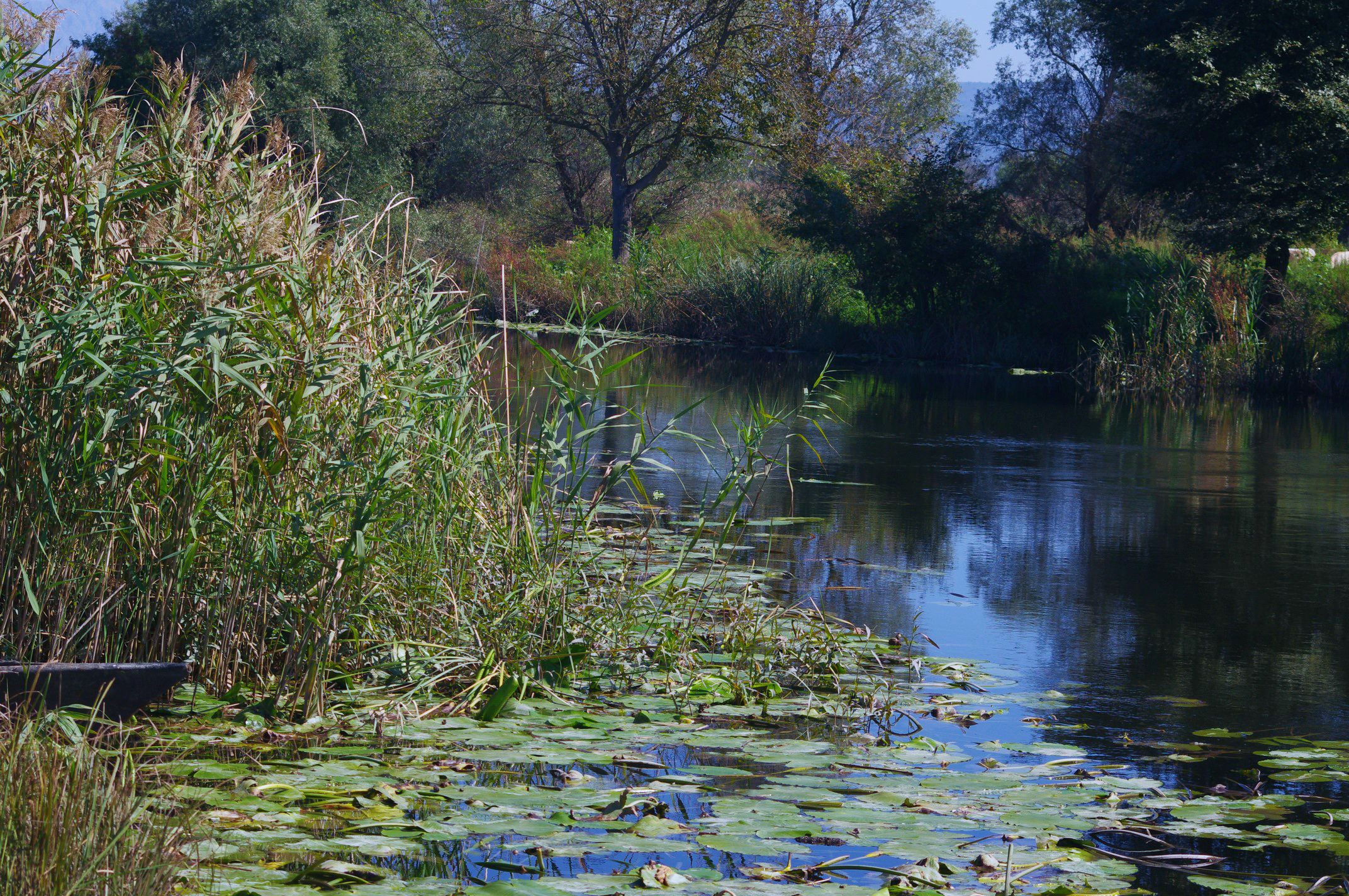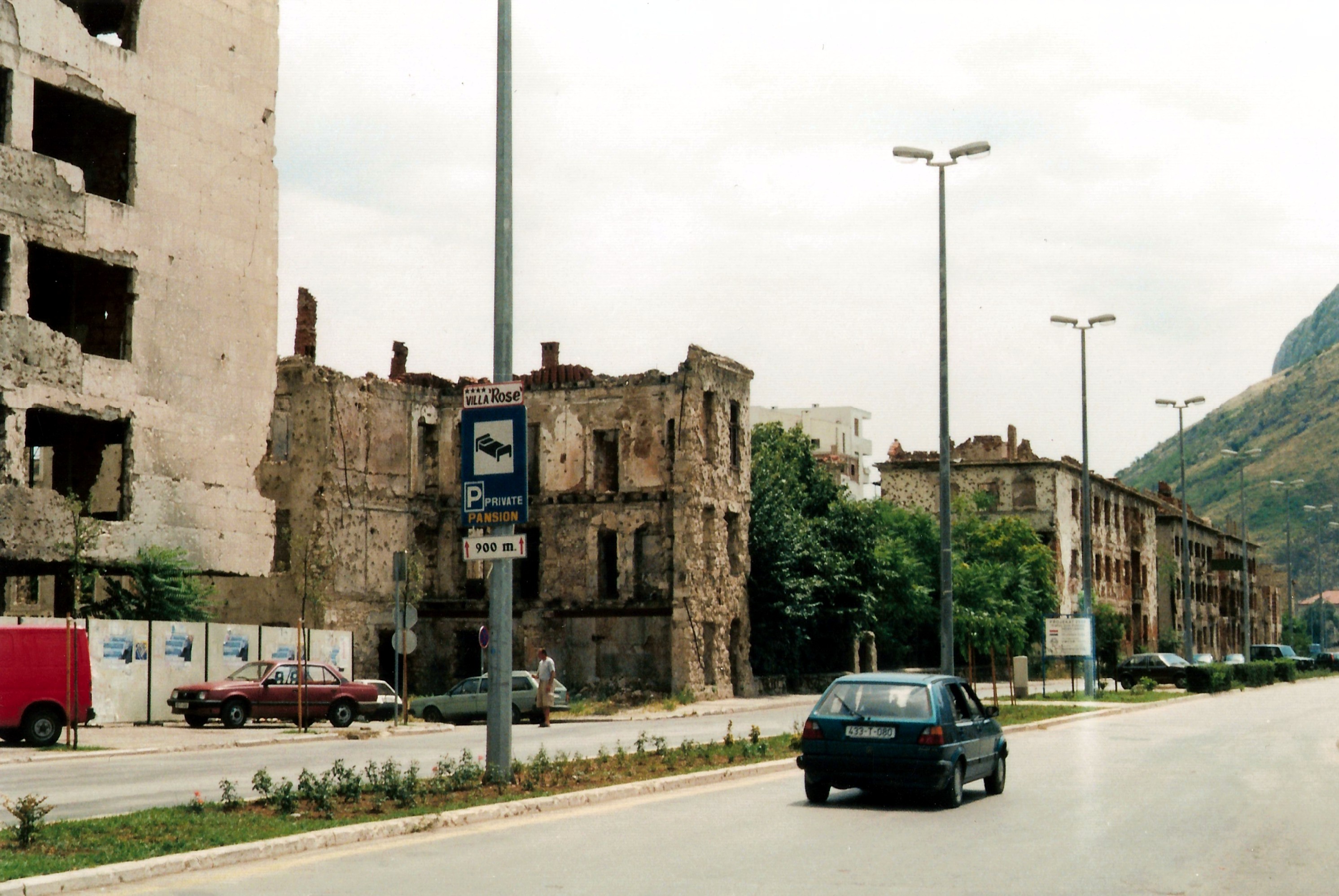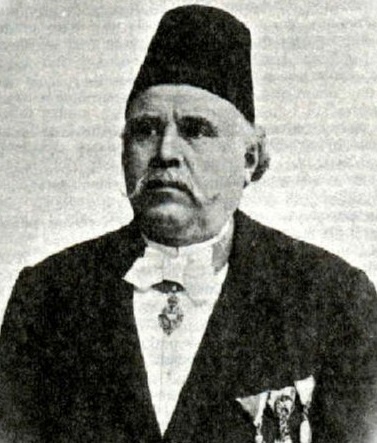|
Prebilovci
Prebilovci ( sr-cyrl, Пребиловци) is a village in Bosnia and Herzegovina, near the city of Čapljina (Чапљина). Prebilovci was first mentioned in the 15th century. The village has a population of roughly around 50 inhabitants. Prebilovci is located in the Čapljina municipality, which makes up one of the nine municipalities in the Herzegovina-Neretva Canton. The village is also located near the Nature Park and Bird Reserve of Hutovo Blato (5 km from Čapljina). Since 1995, Hutovo Blato has been protected as a nature park by the Public Enterprise Hutovo Blato. Population 1991 census Total: 174 * Serbs - 171 (98.27%) * Croats - 1 (0.57%) * others and unknown - 2 (1.14%) 2013 census Total : 57 * Serbs: 57. History The name of the village, Prebilovci, first emerged sometime around the 15th century, and is believed to have come from the old family of Pribilović. In the Serb Orthodox cemetery and in some other locations too, there are many beautifully carved ... [...More Info...] [...Related Items...] OR: [Wikipedia] [Google] [Baidu] |
Čapljina
Čapljina ( cyrl, Чапљина, ) is a city located in Herzegovina-Neretva Canton of the Federation of Bosnia and Herzegovina, an entity of Bosnia and Herzegovina. It is located on the border with Croatia a mere from the Adriatic Sea. The river Neretva flows through the city and flows into the Adriatic just over the border. The town's landmark is a statue of King Tomislav. The Church of Saint Francis of Assisi is also a prominent facet of the city. The city coat of arms contains the Croatian checkerboard, the nearby tower in Počitelj, and Saint Francis of Assisi. The city has a rich archaeological history and untouched wilderness and is starting to develop agricultural tourism. It is also home to Hutovo Blato, Hutovo Blato Park, which contains one of the most diverse bird populations in all Europe. The Croatian town of Metković is located just over the border and there are significant commercial and other links between the two towns. History Not much is known about this city ... [...More Info...] [...Related Items...] OR: [Wikipedia] [Google] [Baidu] |
Hutovo Blato
Hutovo Blato is a nature reserve and bird reserve A bird reserve (also called ornithological reserve) is a wildlife refuge designed to protect bird species. Like other wildlife refuges, the main goal of a reserve is to prevent species from becoming endangered or extinct. Typically, bird species in ... located in Bosnia and Herzegovina. It is primarily composed of marshlands that were created by the underground aquifer system of the Krupa River. It is fed from the limestone massif of Ostrvo that divides the Deransko Lake and Svitavsko Lake. The reserve is on the list of BirdLife International's Important Bird Areas. It is the largest reserve of its kind in the region, in terms of both size and diversity. It is home to over 240 types of Bird migration, migratory birds and dozens that make their permanent home in the sub-Mediterranean wetlands surrounding Deransko Lake. In the migration season, tens of thousands of birds fill the lake and its surroundings. Wetlands The valley alo ... [...More Info...] [...Related Items...] OR: [Wikipedia] [Google] [Baidu] |
World War II Persecution And Genocide Of Serbs
The Genocide of Serbs in the Independent State of Croatia ( sh-Latn-Cyrl, Genocid nad Srbima u Nezavisnoj Državi Hrvatskoj, separator=" / ", Геноцид над Србима у Независној Држави Хрватској) was the systematic persecution and genocide, extermination of Serbs committed during World War II in Yugoslavia, World War II by the Fascism, fascist Ustaše regime in the Nazi German List of World War II puppet states, puppet state known as the Independent State of Croatia ( sh-Latn-Cyrl, Nezavisna Država Hrvatska, separator=" / ", Независна Држава Хрватска, NDH) between 1941 and 1945. It was carried out through executions in Concentration camps in the Independent State of Croatia, death camps, as well as through mass murder, ethnic cleansing, deportations, forced conversions, and Wartime sexual violence, war rape. This genocide was simultaneously carried out with The Holocaust in the Independent State of Croatia, the Holocau ... [...More Info...] [...Related Items...] OR: [Wikipedia] [Google] [Baidu] |
List Of Sovereign States
The following is a list providing an overview of sovereign states around the world with information on their status and recognition of their sovereignty. The 205 listed states can be divided into three categories based on membership within the United Nations System: 193 member states of the United Nations, UN member states, two United Nations General Assembly observers#Current non-member observers, UN General Assembly non-member observer states, and ten other states. The ''sovereignty dispute'' column indicates states having undisputed sovereignty (188 states, of which there are 187 UN member states and one UN General Assembly non-member observer state), states having disputed sovereignty (15 states, of which there are six UN member states, one UN General Assembly non-member observer state, and eight de facto states), and states having a political status of the Cook Islands and Niue, special political status (two states, both in associated state, free association with New ... [...More Info...] [...Related Items...] OR: [Wikipedia] [Google] [Baidu] |
Mostar
Mostar () is a city and the administrative centre of Herzegovina-Neretva Canton of the Federation of Bosnia and Herzegovina, an entity of Bosnia and Herzegovina, and the historical capital of Herzegovina. Mostar is situated on the Neretva River and is the fifth-largest city in the country. Mostar was named after the bridge keepers (''mostari'') who guarded the Stari Most (Old Bridge) over the Neretva during the Ottoman Bosnia and Herzegovina, Ottoman era. The Old Bridge, a UNESCO World Heritage Site, commissioned by Suleiman the Magnificent in the 16th century, is one of Bosnia and Herzegovina's most visited landmarks, and is considered an exemplary piece of Islamic architecture in the Balkans. History Ancient and medieval history Human settlements on the river Neretva, between Mount Hum (Mostar), Mount Hum and the Velež Mountain, have existed since prehistory, as witnessed by discoveries of fortified enceintes and cemeteries. Evidence of Roman people, Roman occupation was di ... [...More Info...] [...Related Items...] OR: [Wikipedia] [Google] [Baidu] |
Šurmanci
Šurmanci ( sr-cyrl, Шурманци) is a village in Bosnia and Herzegovina. According to the 1991 census, the village is located in the Municipalities of Bosnia and Herzegovina, municipality of Čapljina and Parish Medjugorje. History and people Šurmanci is currently composed of about 100 households, approximately 350 people, mostly Croats (religion mostly Catholic) and Bosniaks (religion mostly Muslim). The village belongs to municipality Čapljina and Parish Medjugorje. It is a home to a Merciful Jesus Church, famous for the Merciful Jesus painting, visited by thousands of pilgrims each year, who visit the village while on their pilgrimage to Medjugorje. Demographics According to the 2013 census, its population was 301. References {{DEFAULTSORT:Surmanci Villages in the Federation of Bosnia and Herzegovina Populated places in Čapljina ... [...More Info...] [...Related Items...] OR: [Wikipedia] [Google] [Baidu] |
World War II
World War II or the Second World War (1 September 1939 – 2 September 1945) was a World war, global conflict between two coalitions: the Allies of World War II, Allies and the Axis powers. World War II by country, Nearly all of the world's countries participated, with many nations mobilising all resources in pursuit of total war. Tanks in World War II, Tanks and Air warfare of World War II, aircraft played major roles, enabling the strategic bombing of cities and delivery of the Atomic bombings of Hiroshima and Nagasaki, first and only nuclear weapons ever used in war. World War II is the List of wars by death toll, deadliest conflict in history, causing World War II casualties, the death of 70 to 85 million people, more than half of whom were civilians. Millions died in genocides, including the Holocaust, and by massacres, starvation, and disease. After the Allied victory, Allied-occupied Germany, Germany, Allied-occupied Austria, Austria, Occupation of Japan, Japan, a ... [...More Info...] [...Related Items...] OR: [Wikipedia] [Google] [Baidu] |
Bosniak
The Bosniaks (, Cyrillic script, Cyrillic: Бошњаци, ; , ) are a South Slavs, South Slavic ethnic group native to the Southeast European historical region of Bosnia (region), Bosnia, today part of Bosnia and Herzegovina, and who share a common Genetic studies on Bosniaks, ancestry, Culture of Bosnia and Herzegovina, culture, History of Bosnia and Herzegovina, history and the Bosnian language. Traditionally and predominantly adhering to Sunni Islam, they constitute native communities in what is today Bosnia and Herzegovina, Serbia, Montenegro, Croatia and the Republic of Kosovo. Largely due to displacement stemming from the Bosnian War in the 1990s they also make up a significant diaspora with several communities across Europe, the Americas and Oceania. Bosniaks are typically characterized by their historic ties to the Bosnia (region), Bosnian historical region, adherence to Islam in Bosnia and Herzegovina, Islam since the 15th and 16th centuries, Culture of Bosnia an ... [...More Info...] [...Related Items...] OR: [Wikipedia] [Google] [Baidu] |
Invasion Of Yugoslavia
The invasion of Yugoslavia, also known as the April War or Operation 25, was a Nazi Germany, German-led attack on the Kingdom of Yugoslavia by the Axis powers which began on 6 April 1941 during World War II. The order for the invasion was put forward in "Führer Directive No. 25", which Adolf Hitler issued on 27 March 1941, following a Yugoslav coup d'état that overthrew the pro-Axis government. The invasion commenced with an overwhelming Operation Retribution (1941), air attack on Belgrade and facilities of the Royal Yugoslav Air Force (VVKJ) by the Luftwaffe (German Air Force) and attacks by German Army (Wehrmacht), German land forces from southwestern Kingdom of Bulgaria, Bulgaria. These attacks were followed by German thrusts from Kingdom of Romania, Romania, Kingdom of Hungary (1920–1946), Hungary and the Ostmark (Austria), Ostmark (modern-day Austria, then part of Germany). Italian forces were limited to air and artillery attacks until 11 April, when the Royal Italian Ar ... [...More Info...] [...Related Items...] OR: [Wikipedia] [Google] [Baidu] |
Middle Ages
In the history of Europe, the Middle Ages or medieval period lasted approximately from the 5th to the late 15th centuries, similarly to the post-classical period of global history. It began with the fall of the Western Roman Empire and transitioned into the Renaissance and the Age of Discovery. The Middle Ages is the middle period of the three traditional divisions of Western history: classical antiquity, the medieval period, and the modern period. The medieval period is itself subdivided into the Early, High, and Late Middle Ages. Population decline, counterurbanisation, the collapse of centralised authority, invasions, and mass migrations of tribes, which had begun in late antiquity, continued into the Early Middle Ages. The large-scale movements of the Migration Period, including various Germanic peoples, formed new kingdoms in what remained of the Western Roman Empire. In the 7th century, North Africa and the Middle East—once part of the Byzantine Empire� ... [...More Info...] [...Related Items...] OR: [Wikipedia] [Google] [Baidu] |
Bogomilism
Bogomilism (; ; sh-Latn-Cyrl, separator=" / ", bogumilstvo, богумилство) was a Christian neo-Gnostic, dualist sect founded in the First Bulgarian Empire by the priest Bogomil during the reign of Tsar Peter I in the 10th century. It most probably arose in the region of Kutmichevitsa, today part of the region of Macedonia. The Bogomils were dualists or Gnostics in that they believed in a world within the body and a world outside the body. They did not use the Christian cross, nor build churches, as they revered their gifted form and considered their body to be the temple. This gave rise to many forms of practice to cleanse oneself through fasting or dancing. The Bogomils rejected the ecclesiastical hierarchy. Their primary political tendencies were resistance to the state and church authorities. This helped the movement spread quickly in the Balkans, gradually expanding throughout the Byzantine Empire and later reaching Kievan Rus', Dalmatia, Serbia, Bosnia, Ital ... [...More Info...] [...Related Items...] OR: [Wikipedia] [Google] [Baidu] |







